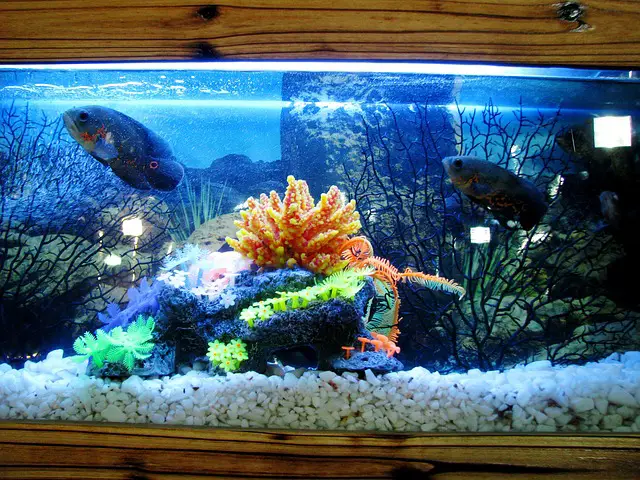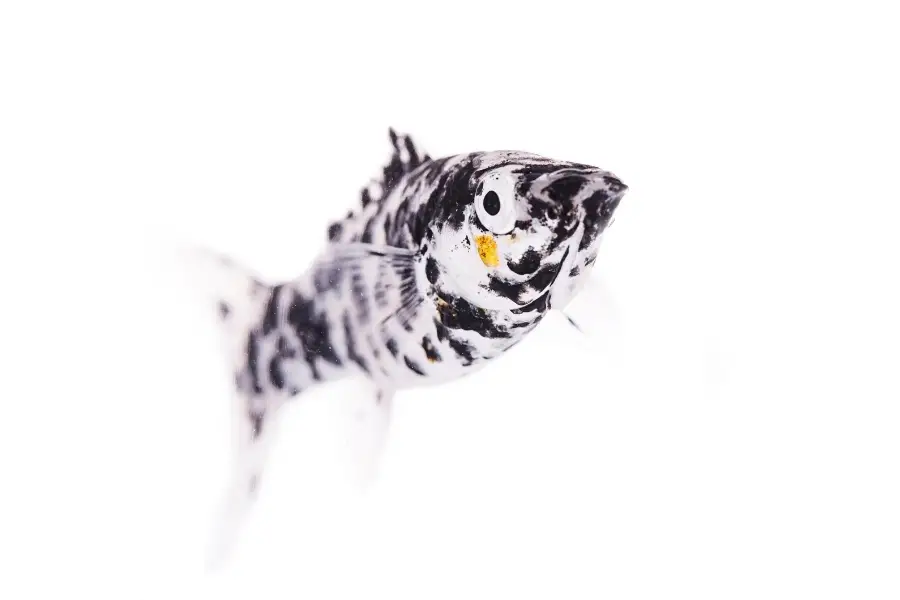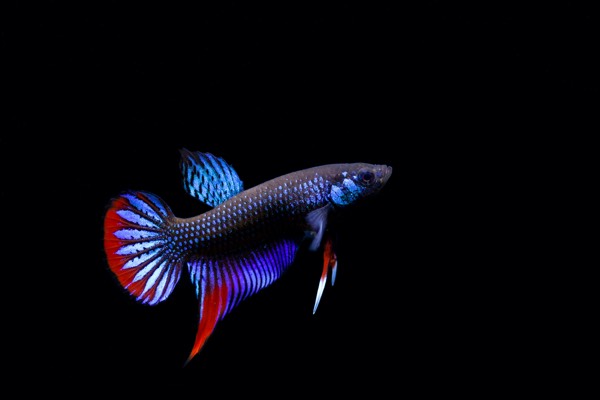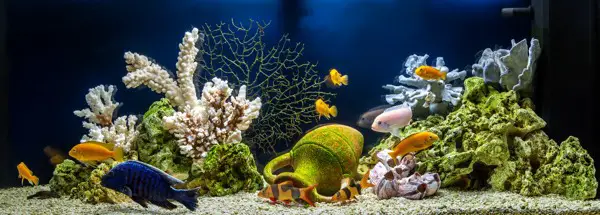The spotted eagle ray (Aetobatus narinari) is a cartilaginous fish found in the tropical areas of Hawaii as well as on the coast of West Africa. They are most likely to swim alone but rarely seen in groups. The spotted eagle ray feeds on crustaceans and small fish. IUCN Red List has listed the ray as Near Threatened.
Spotted Eagle Ray Facts
Anatomy
- Spotted eagle rays are recognized by their disk-shaped bodies which are deep blue in appearance. They have a white underbelly with a flat snout which seems more like a duck’s bill.
- The pectoral fins are large and expanded with pointed tips.
- They have a brilliant display of spotted pattern across the dorsal side of the ray fish.
- Unlike other ray species, spotted eagle ray has a long tail. There are 2 to 6 venomous spines on the ray’s body.
- Adult rays grow up to a maximum length of 5 meters (16 ft) and averages 8.2 feet (2.5 m).
- They have long, whip-like tail that measures about 16.4 feet (5 m) in length.
- They weigh up to 230 kg (507 lb) with the wingspan measuring about 3 meters (10 ft).
- The maximum width of a spotted eagle ray is about 9.8 feet (3 m).
Distribution & Habitat
- The spotted eagle ray swims all over the tropical regions of western Pacific Ocean, western Atlantic Ocean, and the Indian Ocean.
- They are thought to occur as deep as 80 meters (262 ft).
- Spotted eagle rays are often seen in bays and over coral reefs but rarely in estuarine habitats.
- They make habitats in warm and temperate waters off the eastern coast of the United States, Florida, Bermuda, and southern Brazil but is absent from the Gulf of Stream and Caribbean.
- The geographic range includes Gulf of California, Red Sea, Andaman Sea, Puerto Pizarro, and the Galapagos Islands.
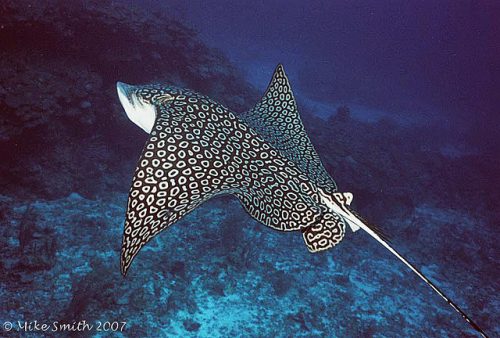
Feeding Ecology & Diet
- The spotted eagle ray mainly eats mollusks, crustaceans, crabs, whelks, bivalves, clams, sea urchins, whelks, benthic invertebrates, bony fishes, shrimp, squid, oysters, and malacostracans. They also consume hermit crabs, small fish, octopi, and shrimp.
- Spotted rays have powerful teeth as they can easily crush the hard shells of mollusks.
- They dig the oceanic land with their snouts.
Behavior
- Spotted eagle rays are found in waters with a temperature of 24 to 27 °C (75 to 81 °F). High tides in the ocean make them even more active during daytime.
- They will often dig the sand of the ocean with their snouts.
- The group of rays is called There are about 5 – 6 members in one school.
- Rays are thought to swim in loose aggregations in which 3 – 16 fish travel with little interactions between them.
- Unique among ray’s behavior is that they move up and down in the ocean—probably 5 times in a row.
- The spotter eagle ray is able to propel vertically out of the water.
- In the shallow waters, they swim all alone.
Reproductive Biology
- A female gives birth to a live young because eggs are hatched internally. It has a long gestation period of 365 days after which the female gives birth to 4 pups.
- They attain maturity at 4 – 6 years of age.
- The pups are 6.7-13.8 inches (17-35 cm) wide.
Predators
- Tiger shark
- Great hammerhead shark
- Bull shark
- Silver tip shark
- Lemon shark
Conservation Status
Near Threatened

